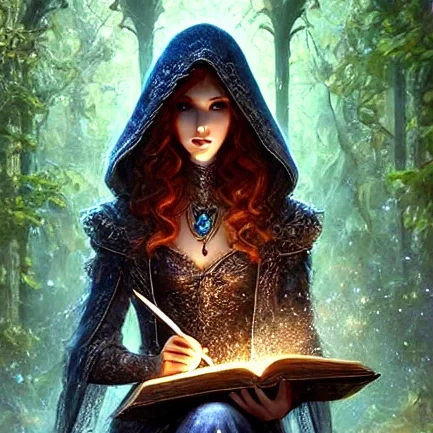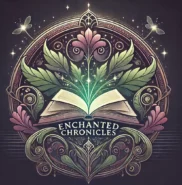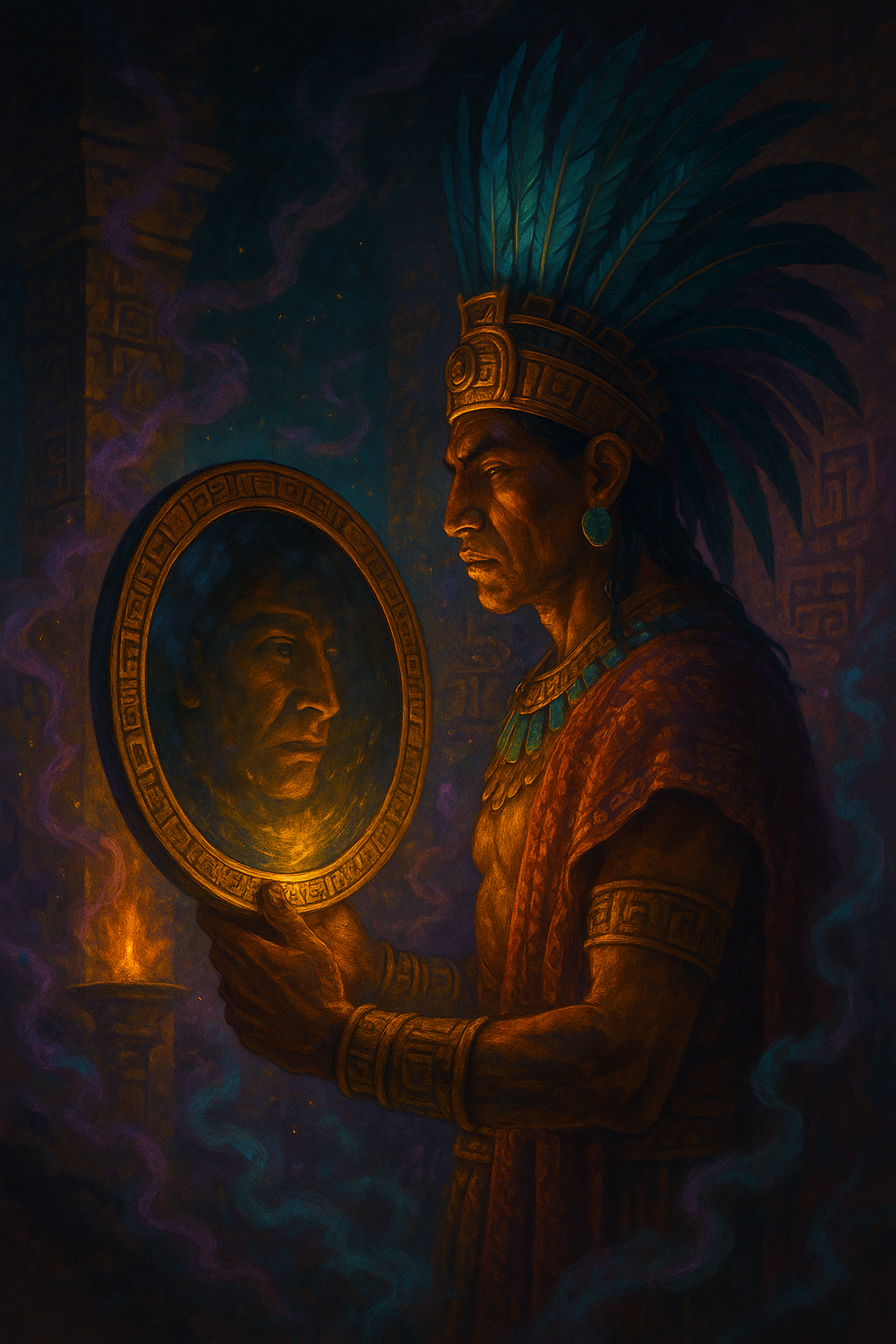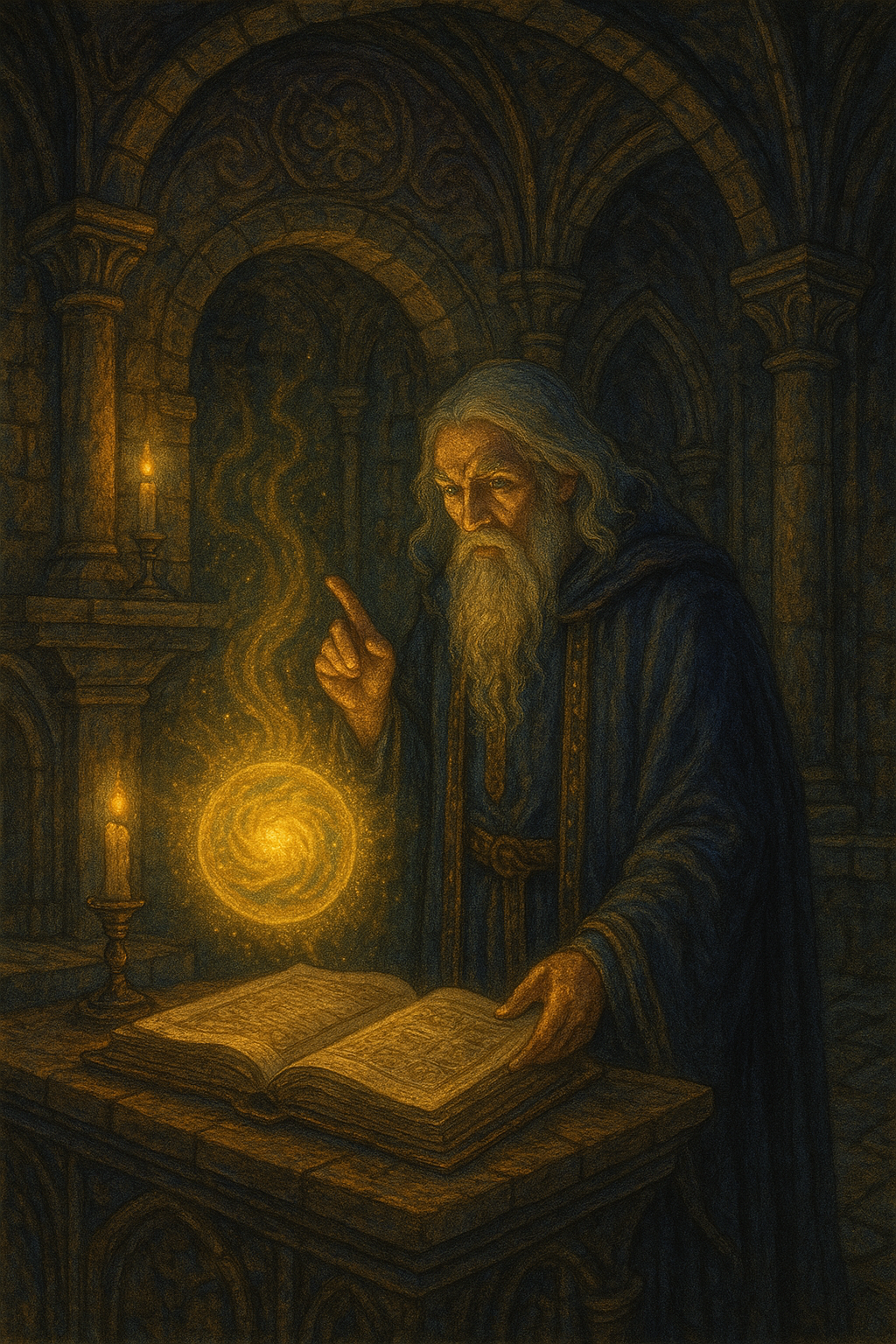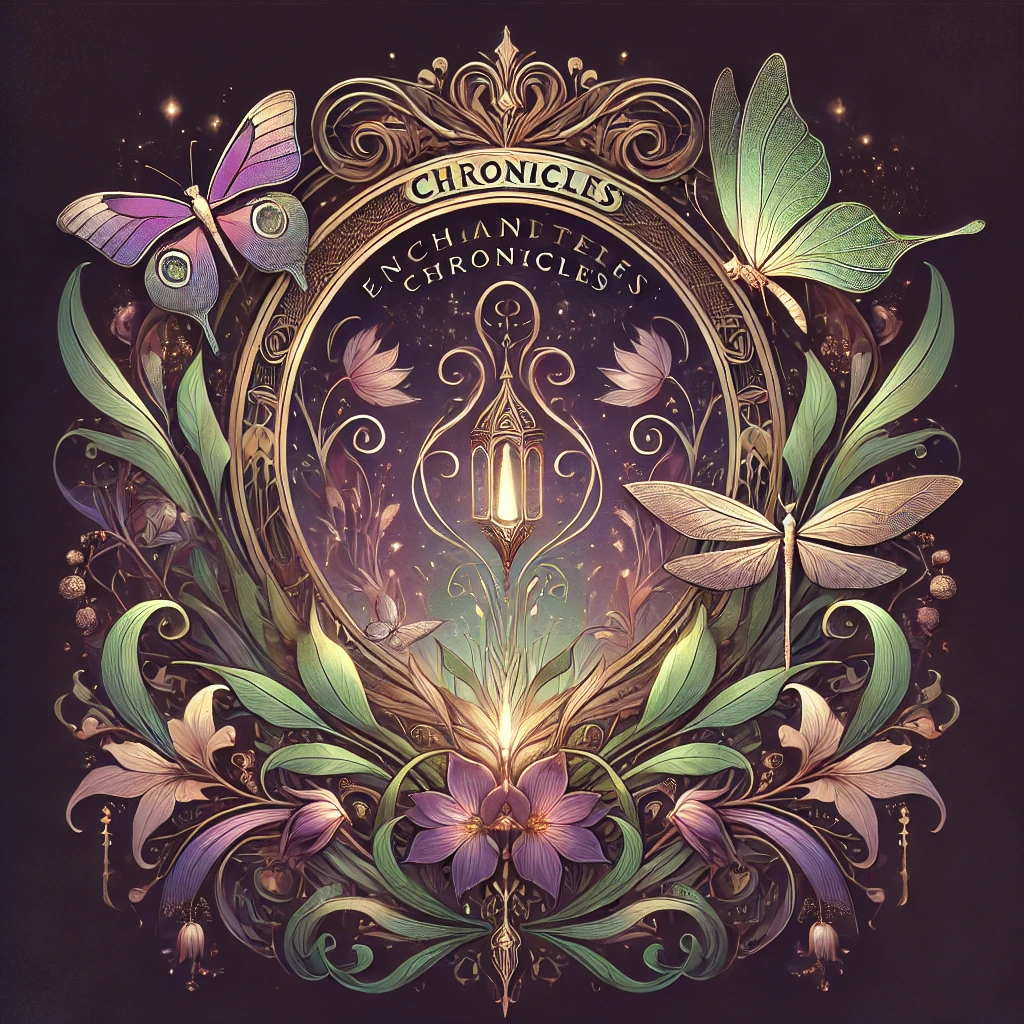The divinity of the Smoking Mirror
In the heart of ancient Mesoamerica, under the shadow of towering temples and echoing drums, the Aztec divinity Tezcatlipoca reigned over mystery and destiny. His name, meaning “Smoking Mirror”, came from the object most closely associated with him — a polished obsidian mirror said to reveal not just the future, but the hidden essence of those who dared to gaze within.
Tezcatlipoca was both revered and feared. Known as the divinity of fate, sorcery, and night skies, he wielded the mirror as both a weapon and a window. To the Aztecs, this divine artifact symbolized the duality of life: beauty and destruction, truth and illusion, light and shadow.
The Obsidian Portal: A Gift and a Curse
Obsidian — the volcanic glass born from the earth’s molten heart — held a sacred place in Aztec rituals. Mirrors carved from this dark stone were polished until they reflected a smoky, distorted image, perfect for visions and divination.
Priests and shamans would use these mirrors during ceremonies to commune with divinities or foresee the outcomes of wars and sacrifices. But the Mirror of Tezcatlipoca was no ordinary relic. According to legend, it could unveil the deepest desires and darkest secrets of those who stared too long.
Some accounts say warriors saw their own deaths reflected in its depths. Others claimed to glimpse their past lives, or even alternate futures that could never be undone. The mirror’s power, they believed, was not in predicting fate — but in revealing the truth of one’s soul.
A Reflection of the Human Psyche
From a modern perspective, Tezcatlipoca’s mirror feels strikingly psychological. It represents self-confrontation, the courage to face what we hide — our flaws, our fears, our unspoken dreams.
The Aztecs taught that to look into the mirror was to see the self stripped of illusion. It demanded humility and strength, for the reflection did not flatter; it transformed. The ritual mirrored the human struggle with identity and destiny — a timeless theme still resonant today.
From Ritual to Revival: The Mirror in Modern Culture
Today, replicas of the obsidian mirror are found in museums and collections worldwide — from Mexico City’s Museo Nacional de Antropología to the British Museum. Artists and spiritual seekers alike are drawn to its enigmatic symbolism.
In modern spirituality, Tezcatlipoca’s mirror is often used as a meditative tool — a symbol of shadow work, a practice of confronting hidden aspects of oneself. It has also inspired literature, video games, and films exploring fate and self-awareness.
Each retelling transforms the ancient myth into a living metaphor: that to know the future, one must first face the truth within.
The Legend Lives On
Even centuries after the fall of the Aztec Empire, Tezcatlipoca’s reflection lingers. His mirror reminds us that knowledge and truth come with a cost — that enlightenment often begins in darkness.
In every era, humanity continues to seek mirrors that reflect more than faces — ones that reveal souls.
As the legend whispers: “Look within, and the gods will look back.”
